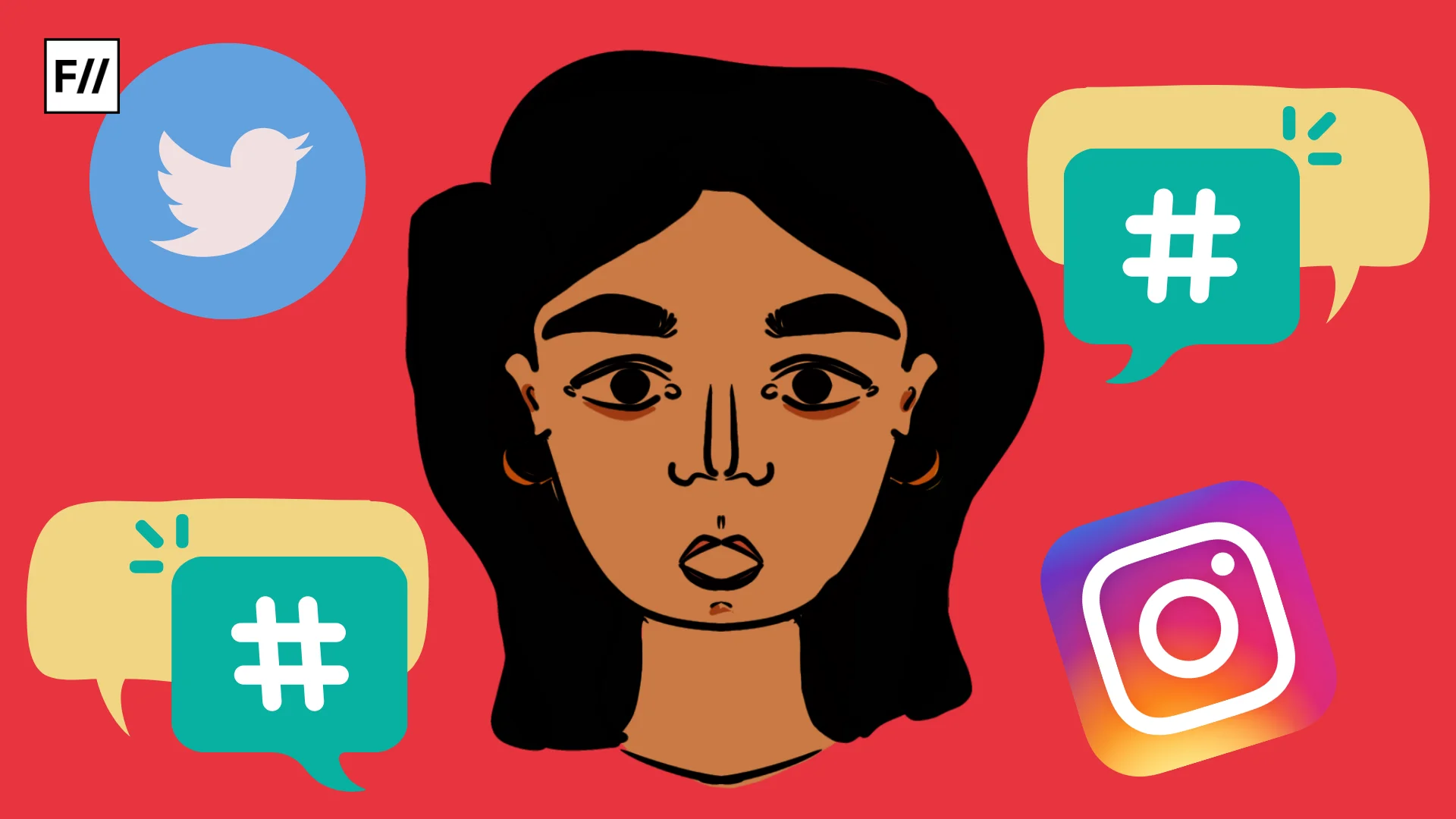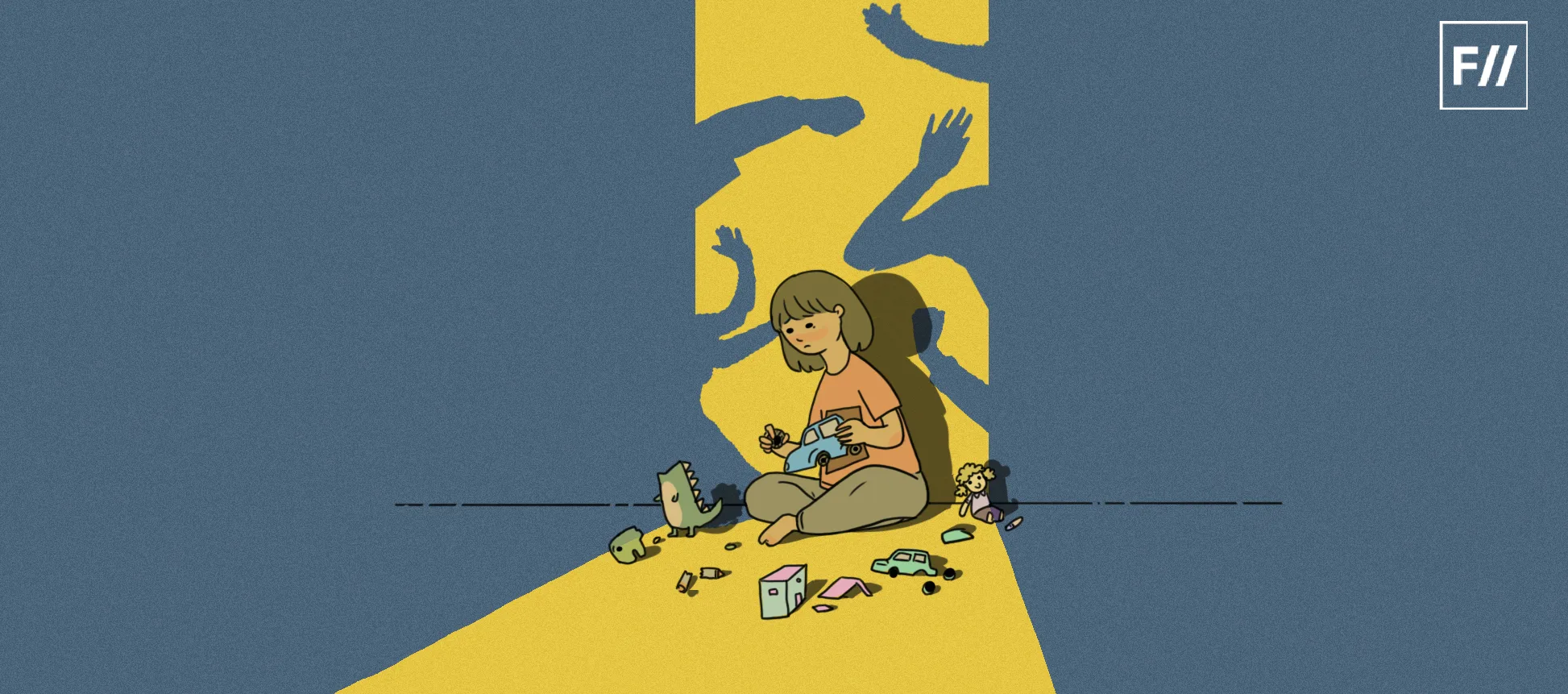Editor’s Note: This article is published as a part of the #DigitalHifazat campaign combatting online violence against women and non-binary people. Feminism in India and The High Commission Of Canada are focussing on this issue of online violence against women as a part of the 16 Days of Activism to end gender-based violence against women and girls. If you have a story to contribute, email asmita@feminisminindia.com.
In 2012, 14 year old Rijula* sat in front of her desktop to login in to her Facebook account. She put in her password several times, but the site kept on suggesting “incorrect password”. Rijula remembered the fight she had with her 18 year old boyfriend Nikhil* the other night and suspected that he might have hacked into her account, aware of his vindictive ways.
After a few minutes she gets a call from her sister, and hears something that will scar her for life. Nikhil had hacked into Rijula’s account and uploaded her nude selfies that she had sent to him on Blackberry Messenger (BBM), after much of his suggestive persistence or emotional blackmail, “If you really love me, you will have to do this for me”.
Rijula called all her close friends and asked them to report the picture and the account. After a few hours, the picture was deleted and the account was gone, but it was deeply marked in Rijula’s memory, forever. She still has a hard time coping with this incident and tries to think of it as a nightmare, something she only saw in her dreams.
Traumatic cases like this are one amongst too many.
Sexting (originated from sex+texting) blew up ever since the introduction of smart phones and subsequently, social media apps. It has become a culture amongst teenagers now, birthing some common terms like ‘send nudes’ and ‘dick pics’. Sexting can be a fun and consensual activity that many partake in to satiate their sexual desire. But just like any fun and flirty activity, there are some who use it to prey on people as a tool of domination, power and extortion. And so sexting turns into image-based sexual abuse, whose targets are usually women.
Also read: Here’s Why It Is Image-Based Sexual Abuse And Not Revenge Porn
Sexting and sharing sexually explicit images and videos with someone you trust, be it your significant other or someone you are sexually involved with, is a natural choice that is exclusively yours. Even if you don’t choose to share it with someone and click them for yourself, to feel sexy, you go girl! In any case, the chances of those pictures being accessed by someone who might misuse them can be reduced to ensure your safety.
One should always keep in mind the stakes involved while sexting and exchanging highly personal sexual content, taking in consideration all precautionary measures. Given the nature of the violent and patriarchal world we live in, it is best to exercise this caution as a matter of standard practice – no matter how close and trusted our sexual partners are.
In order to ensure your privacy and security, here are some steps and tips that you can follow.
While sharing nudes, avoid showing your face, tattoos, birthmarks, scars, furniture etc., which could be used to identify you if leaked. Apps like Obscuracam let you pixelate faces and other body and background details you may want to hide. In order to hide the metadata attached with the pictures you have clicked, you can use apps like Photo Exif Editor.
The right to privacy is the power to choose who has access to our personal information and under what circumstances.
Never use SMS, iMessage, Whatsapp, Telegram, Facebook, Tinder, Happn or any other chat client while sexting as pictures can be downloaded from these sources – the way Rijula used BBM to send explicit selfies. Apps like Confide, Wickr and Snapchat can make your pictures vanish after being viewed and do not require your phone number necessarily.
Governments and companies can see our personal content if they want to. But we can make it hard for them to do so by using encryption and creating a strong password or passphrases with long words in different languages, numbers and special characters. The easiest way to avoid it is to delete the nude right after sending it. In case you want to save it, keep it in an encrypted folder.
It was the beginning of 10th grade, when Reva* met Sid* online. After chatting for months, Sid called Reva to his place and immediately made sexual advances, which Reva accepted. A few weeks later while walking through the corridors of her school Reva noticed people slyly smirking at her almost as if they were gossiping about her, which they were. Sid had made a video of Reva giving him a blow-job, stating “it is for personal use”, which later he put on a porn site to earn some money. It became popular and kids in her school caught hold of it and circulated it. Soon Reva came to know about this and talked to her parents and the police. With the help of cyber security cell, the video was taken off. It came as a great shock to Reva – how Sid betrayed her. But more than the feeling of betrayal, the feeling of shame was what will haunt her. She had to leave her school and couldn’t look in the eyes of her parents and friends, even though she was a victim of a heinous cyber crime.
Also read: How Online And Offline Violence Collided In My Abusive Relationship | #DigitalHifazat
Why is image-based sexual abuse such a prevalent problem today? To understand that, we need to understand the patriarchal nature of our society, where women in every sphere are told that ‘protecting their honour’ is the most important aspect of their lives. Indulging in sexual activities, let alone leaking of nudes, would turn them into a disgrace. A woman’s sexuality is stigmatised. She is questioned, belittled, blamed and above all looked differently at. No one thought of Sid or even cared to know his name for that matter, only Reva became a subject of gossip, ignominy and humiliation. A girl’s image is prone to get smeared with dirt after a guy puts her nudes or sexually explicit videos on the internet, despite him being the perpetrator of the crime. Therefore, to seek some sort of “vengeance”, men find image-based sexual abuse (or revenge porn as it is popularly called) the best way to punish the girl, as it will bring her the highest order of obloquy.
No one thought of Sid or even cared to know his name for that matter, only Reva became a subject of gossip, ignominy and humiliation.
If someone has published your sexually explicit videos or pictures without your consent, it is illegal in most countries. Most countries ensure the protection of personality rights, which comprise the right to protect your image, personal data and other private information. Therefore, you should always be able to request Internet service provider to take down unauthorized images or videos. Besides having the content removed, you can also get legal assistance regarding potential civil claims or criminal consequences against the person who posted your images.
The right to privacy is the power to choose who has access to our personal information and under what circumstances. We can exercise this right through informed choice of the communication technologies we use. Protecting our communications and data should be a priority. Encryption tools and digital security strategies are available online, for free and are easy to use; but a sense of self preservation is something we should inculcate in today’s world, to keep the cyber sexual monsters at bay.
Happy sexting!
*names changed to protect privacy
Featured Image Source: ABC Life




